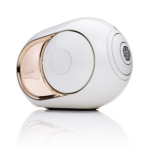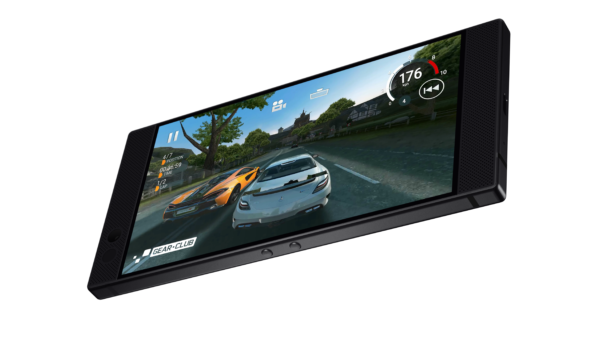
If the Razer Phone sat next to its rival flagship phones at a store, it win not win a beauty contest with the shiny and the curvy. It is black, it is boxy, it is thick and it is basically a big black brick. But I really love the look.
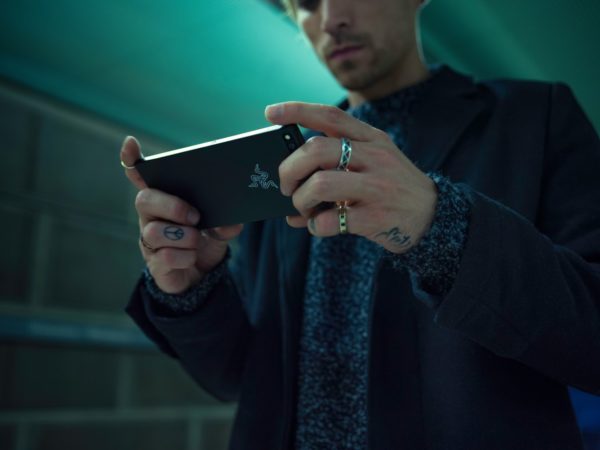
The simplicity in itself becomes the selling point and it is a refreshing departure from metal and glass. That it doesn’t attract fingerprints and grease, makes the Razer Phone even more appealing. Simply put, this is one gadget that exudes unsophisticated elegance.
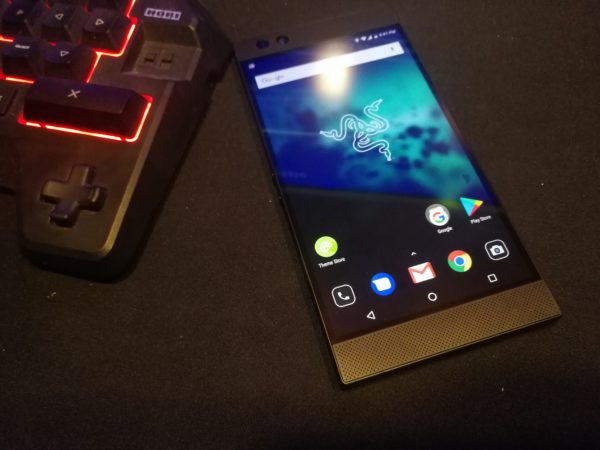
Externally, it has only two volume buttons on the left of the screen, plus one power button that acts as a fingerprint sensor on the right, similar to what you find on Sony phones. The 5.7-inch 120Hz Quad HD IGZO LCD screen is flanked by speaker grilles that promise good audio quality.
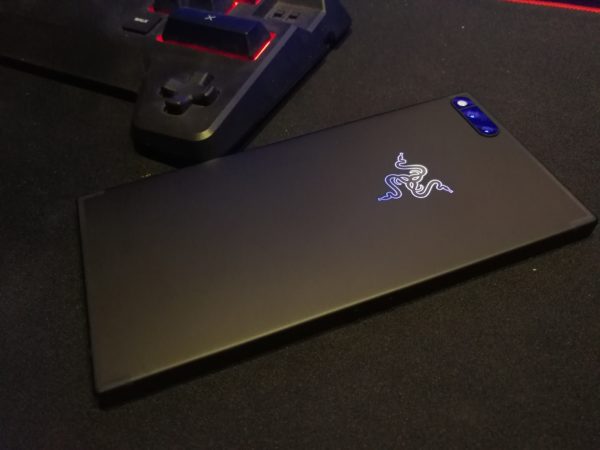
Its internals are quite impressive too. At the heart of it all is the Qualcomm Snapdragon 835 chip with 8GB of RAM, dual 12-megapixel cameras with a f1.75 wide lens paired with a f2.6 zoom lens, plus a 8-megapixel f2 camera for selfies.
A 4,000mAh battery provides the power. It can be juiced up with Qualcomm’s Quick Charge, so that’s handy when you have to rush off. Storage-wise, the Razer Phone has 64GB and can be extended to 2TB via the microSD card slot.
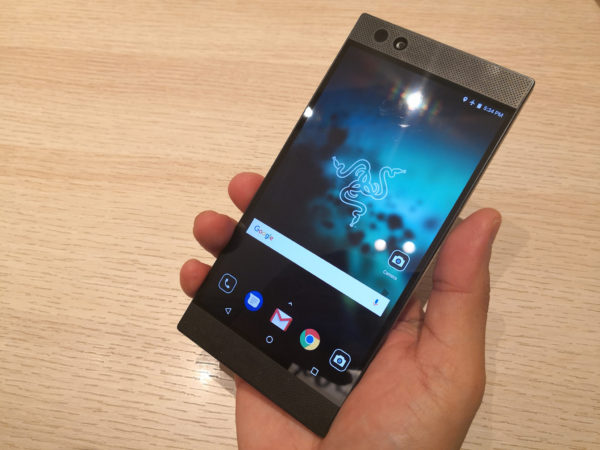
The Razer Phone is geared up to be the best entertainment phone one can buy. The 5.7-inch screen at Quad HD resolution is definitely one of the best screens I have seen. The best still belongs to the 4K display on the Sony Xperia XZ Premium.
One key selling point for the Razer Phone is its refresh rate of 120Hz that makes things “buttery” smooth when playing fast-moving graphics-intensive games such as the Gear Club racing game.
To complete the experience, Razer has added two speakers out in front, reminiscent of the excellent HTC phones of the past that featured dual front facing speakers.
However, Razer could do more to maximise the potential of its audio performance. The Razer Phone’s dual speakers were loud enough and could create a pretty nice sound stage, but its emphasis on the treble and not enough of the mids and bass is disappointing.
Yes, the phone supports Dolby Atmos surround sound and the DAC (digital-to-analogue converter) is certified by THX (which is owned by Razer), but the audio can be more balanced in its presentation.
On headphones, fortunately, it’s another story. The audio here is impressive, since there is no worry about pushing too much air out with tiny speakers.
I listened to a Chesky Records music list on Spotify and even with 96Kbps tracks, the results were impressive. The sound stage, the throaty vocals and the plucking of the guitar are so vivid.
It’s a pity that Razer has taken out the 3.5mm stereo jack, following Apple’s lead. You can still plug into the phone using an adapter, but why the fuss? Are aesthetics worth the trouble and inconvenience?
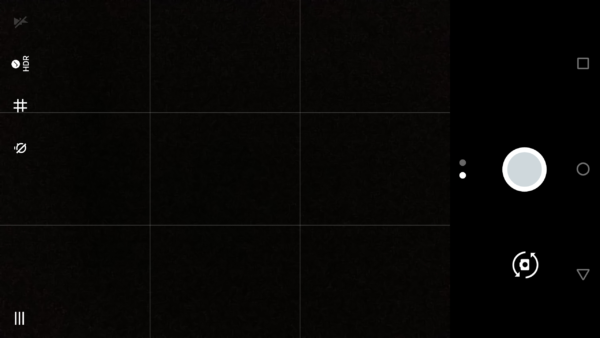
When it comes to the Razer Phone’s camera, it’s a bit of a mixed bag. I’d say its camera is not its strongest point, though it is still acceptable if it’s not the most important feature you’re looking for in a phone.
For starters, I’d like more controls to cater to difficult conditions, but the interface leaves much to be desired. The phone’s HDR (high dynamic range) mode also takes longer than most other phones I’ve tried, when it comes to capturing a fleeting moment.
[NOTE: After we completed our tests, Razer released a patch to address some of the issues with the camera]
Perhaps it needs more patience. Give the phone the time it needs and it does provide good images. Outstanding, even (see below). Question is, will users be so tolerant after firing away a few shots and quickly declaring an unfavourable verdict?





If you are looking for a powerful phone, the Razer Phone comes packed with the hardware. It should not falter when you’re firing up the most demanding mobile games and apps. Video editing won’t be a huge issue as well.
What the gaming gear maker has come up with is an impressive first effort to woo its audience – gamers. Good screen, good sound and ample storage space to save games and data will appeal to these users.
However, while the 120Hz refresh rate is much loved on PC monitors, where a split second could mean victory or defeat in a fighting game or a first-person shooter, the same feature on a phone may not have the same practical appeal.
I say practical appeal because surely, it is a selling point simply being on the spec sheet. However, I did try to play the same games on other phones, such as the Huawei Mate 10 Pro, and I could not detect the crucial difference expected of Razer’s superior screen. Either that, or my reflexes aren’t fast enough any way.
I also dock points from Razer for taking away the 3.5mm stereo jack. It’s a shame that a phone that promises audio quality has such an important component taken out. Having one in, as LG has done, is now a badge of honour. I think that appeals to the crowd that Razer wants to appeal to.
One last thing: If you’re ordering the S$1,068 Razer Phone, make sure to add a screen protector. I managed to scratch the review unit’s display after leaving it in my camera bag. So, keep that pretty phone protected if you’re considering one.

